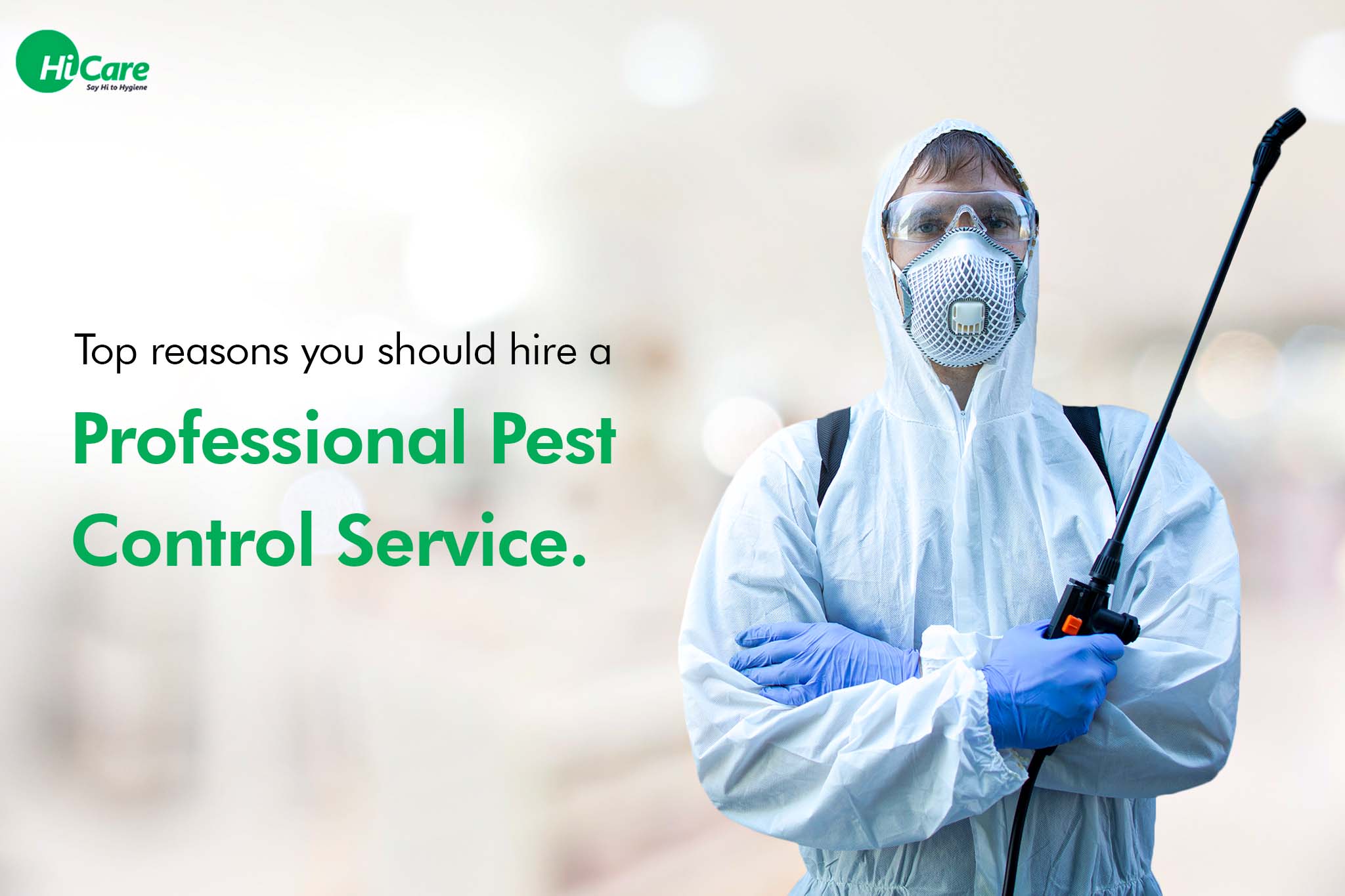High Quality A1 Pest Control Services Charlotte - Shield Your Home
High Quality A1 Pest Control Services Charlotte - Shield Your Home
Blog Article
Bed Insect Treatment Malfunction: Contrasting Chemical Vs. Non-Chemical Solutions
In the world of insect control, particularly when handling the relentless problem of bed insects, the option between chemical and non-chemical therapy solutions can be a crucial one. Both methods supply distinctive benefits and drawbacks, affecting variables such as efficiency, safety considerations, and total expense. By taking a look at the nuanced details of each method, a clearer understanding of which path to pursue in attending to a bed pest problem can be acquired.
Performance of Chemical Treatments
Chemical therapies for bed pest infestations have actually been commonly acknowledged for their rapid and potent efficacy in getting rid of these insects. When thinking about the effectiveness of chemical therapies, it is vital to comprehend that they can give a detailed and quick service to a bed pest issue.
Moreover, chemical treatments have the benefit of providing recurring impacts, meaning that they can remain to get rid of bed pests even after the first application. This recurring action is particularly advantageous in combating any kind of prospective re-infestations. Additionally, the fast activity of chemical treatments can bring alleviation to individuals dealing with extreme bed bug infestations, allowing them to reclaim control of their home promptly.
Security Interest In Chemical Solutions
One critical element that calls for mindful consideration when making use of chemical options for bed pest therapy is making sure the safety of residents and the environment. Direct exposure to certain chemicals made use of in bed bug therapies can lead to breathing problems, skin irritation, or other unfavorable reactions, especially in people with pre-existing problems or sensitivities.
Furthermore, the environmental impact of chemical services is another significant factor to consider. Some chemicals made use of in bed bug treatments might be unsafe to beneficial insects, wild animals, and ecosystems if they seep right into the soil or water supply. It is necessary to use chemical treatments judiciously, complying with safety and security guidelines, and considering much less hazardous choices to reduce these threats and make certain the effective and safe management of bed pest problems.
Advantages of Non-Chemical Strategies
Taking into consideration the potential safety problems and ecological influence associated with chemical services for bed insect therapy, exploring non-chemical strategies offers a promising choice with a number of distinct benefits. Non-chemical methods offer a much safer choice for families, particularly those you could look here with individuals, family pets, or children conscious harsh chemicals. These approaches remove the risks of direct exposure to harmful substances, decreasing the capacity for unfavorable health and wellness effects. Furthermore, non-chemical treatments are eco-friendly, as they do not contribute her comment is here to air or water air pollution, making them a lasting selection for bug control.
Furthermore, non-chemical remedies can be efficient in targeting bed insects, including hard-to-reach locations where chemical therapies may not penetrate - A1 bed bug exterminator charlotte. Approaches such as warmth treatment, vacuuming, steam cleansing, and cushion coverings provide extensive removal without the use of dangerous chemicals.
Limitations of Non-Chemical Treatments

Furthermore, non-chemical therapies typically require several applications to achieve successful obliteration. This can be time-consuming and may not constantly ensure complete removal of all bed pests and their eggs, especially in hard-to-reach or hidden places.
Furthermore, the success of non-chemical therapies greatly relies upon proper execution and thoroughness, which can be challenging for people without specialist know-how. Insufficient application of non-chemical techniques may lead to incomplete removal, leading to consistent invasions and the demand for added therapies.
Therefore, while non-chemical treatments have their benefits, it is important to acknowledge these limitations and consider them when identifying the most effective approach for managing bed bug problems.
Cost Comparison: Chemical Vs. Non-Chemical Options
Offered the constraints linked with non-chemical therapies, an important facet to examine in the context of bed insect management is the expense contrast between chemical and non-chemical options. In comparison, non-chemical treatments like heat therapy or steam can be a lot more costly, with costs varying preventive pest control from $1,000 to $6,000 for an entire home. While the preliminary cost of chemical treatments may seem reduced, multiple therapies may be required to fully eradicate the problem, possibly enhancing the total cost.
Conclusion

Considering the potential safety and security concerns and environmental impact connected with chemical options for bed pest therapy, checking out non-chemical strategies provides a promising choice with numerous unique advantages.Offered the constraints linked with non-chemical therapies, an essential element to review in the context of bed pest management is the expense comparison in between chemical and non-chemical alternatives. In comparison, non-chemical therapies like heat therapy or heavy steam can be extra pricey, with expenses varying from $1,000 to $6,000 for a whole home. While the initial cost of chemical treatments may seem lower, numerous therapies might be required to completely remove the invasion, potentially raising the total expense.In conclusion, when contrasting chemical and non-chemical bed bug therapy alternatives, it is vital to take into consideration performance, safety, advantages, constraints, and price.
Report this page